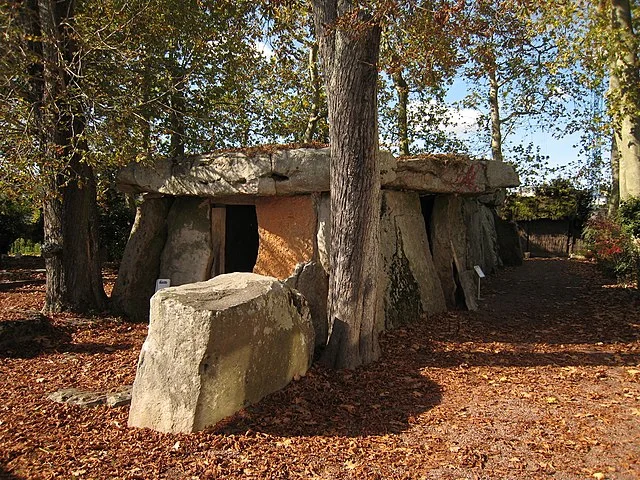The Dolmen de Bagneux is one of France’s largest Neolithic dolmens. This megalithic tomb, located near the town of Saumur in the Loire Valley, dates back to approximately 3000 BC. Its sheer size and well-preserved condition make it a prominent example of the funerary architecture of Neolithic societies in Western Europe. Archaeologists and historians value the dolmen for its construction techniques and insights into the burial practices of the period.
Get your dose of History via Email
Structure and Dimensions
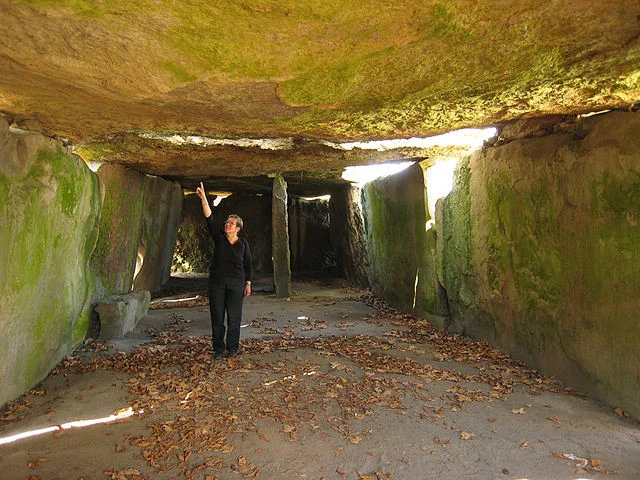
The Dolmen de Bagneux is a rectangular, megalithic chamber made of large stone slabs. The entire structure measures approximately 79 feet in length, 19 feet in width, and 8 feet in height. These dimensions make it one of the largest dolmens in Europe. The entrance opens to a long corridor that leads to the main burial chamber, a typical design feature in monumental tombs of the era.
Large stone slabs, weighing several tons each, form the dolmen’s walls, ceiling, and floor. The massive capstone at the top, weighing over 90 tons, covers the burial chamber. Moving such enormous stones without modern machinery required considerable effort, and the dolmen’s construction showcases advanced engineering skills.
Construction Techniques
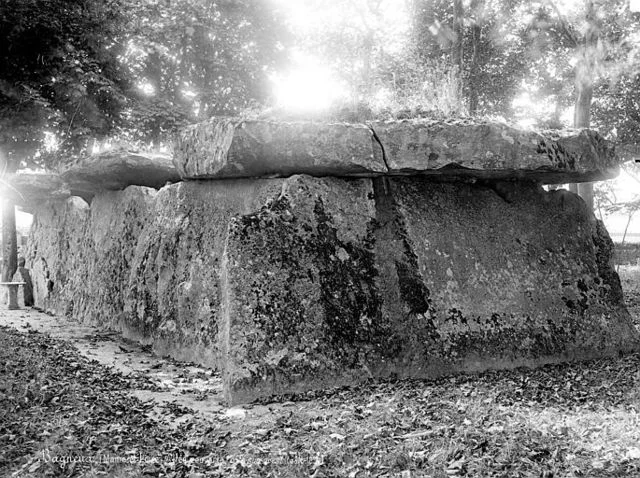
Like other dolmens, the Dolmen de Bagneux likely relied on local materials and primitive construction techniques. Builders used unshaped stones and set them upright to form walls. These stones were transported, likely by rolling them over logs or dragging them with ropes. The exact construction process is not fully understood, but the alignment and stability of the stones suggest that Neolithic builders had advanced knowledge of stone masonry and physics.
The dolmen’s construction aligns with practices seen in other Neolithic structures across Western Europe, reflecting cultural exchanges or parallel development of building techniques. However, the Dolmen de Bagneux stands out for its size and preservation, which offer rare insights into the labor and organizational capacities of prehistoric societies.
Purpose and Use
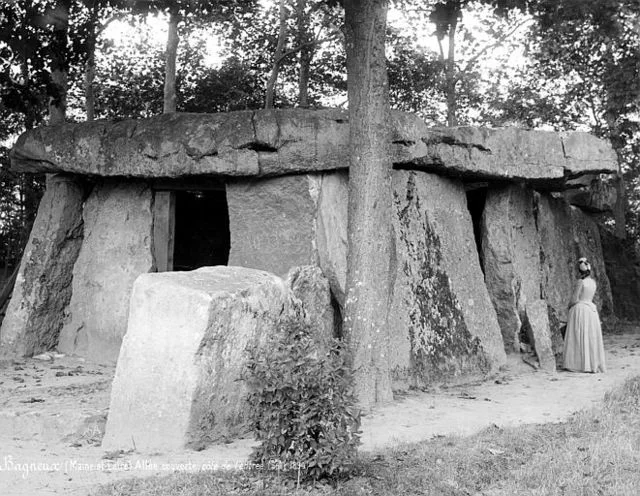
Dolmens were primarily used as communal burial sites, and the Dolmen de Bagneux is no exception. Archaeologists have uncovered remnants of human bones and pottery within the dolmen, indicating its use as a tomb for multiple individuals. The presence of grave goods like pottery suggests that the people interred here held a special place in their society. These artifacts also offer clues about the customs and beliefs surrounding death and the afterlife in Neolithic Europe.
While no detailed records exist, the layout and size of the Dolmen de Bagneux suggest that it may have served as a site for rituals or ceremonies. Its impressive structure likely held social significance, as its construction required substantial community effort, underscoring its importance.
Historical Context and Significance
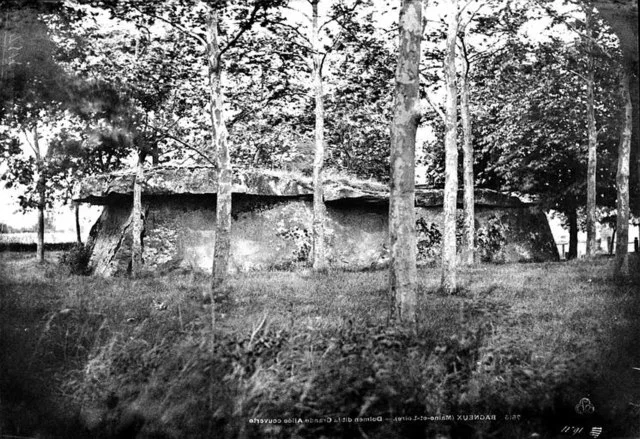
The Dolmen de Bagneux belongs to the broader cultural context of Neolithic megalithic tombs, which appear across Europe from 4000 to 2000 BC. This period saw significant changes in human society, including the transition to settled farming communities. Monumental tombs like this one reflect the social and religious shifts accompanying these developments.
Similar megalithic structures in France, such as those in Brittany, underscore the widespread practice of building dolmens and menhirs during this era. However, the Dolmen de Bagneux’s size and preservation give it a unique place in French and European prehistory. It serves as a testament to the capabilities and beliefs of the communities that built and used it.
Preservation and Modern Study
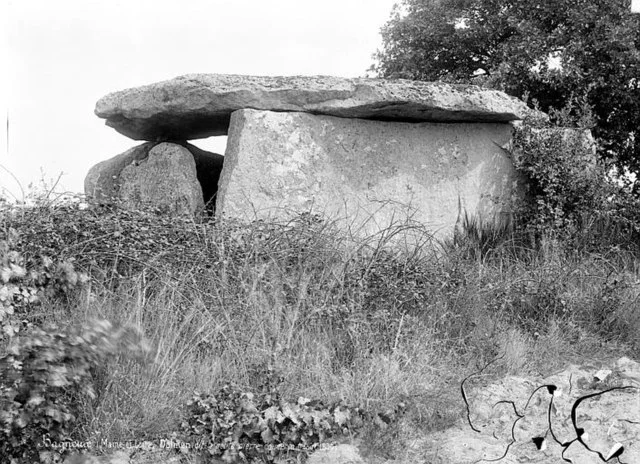
Today, the Dolmen de Bagneux is a protected site and attracts both researchers and visitors. It offers insights into Neolithic construction techniques, social organization, and ritual practices. Archaeologists have studied the dolmen extensively, using modern technology to analyze its structure and materials. Preservation efforts have maintained the site’s condition, allowing ongoing research and public access.
Understanding sites like the Dolmen de Bagneux contributes to the broader study of human history, showing how early societies structured their lives, organized large projects, and practiced rituals around death and burial. For historians, the dolmen offers a rare look into the worldview and capabilities of one of the earliest farming societies in Europe.
Conclusion
The Dolmen de Bagneux stands as a major archaeological and historical landmark, providing valuable insights into Neolithic society. Its large scale and careful construction highlight the technological and social advancements of its builders. This megalithic tomb is not only a monument to the individuals buried there but also to the achievements of early European communities. As a well-preserved example of Neolithic architecture, the Dolmen de Bagneux continues to inform and inspire studies on human cultural development in prehistoric Europe.
Source:

